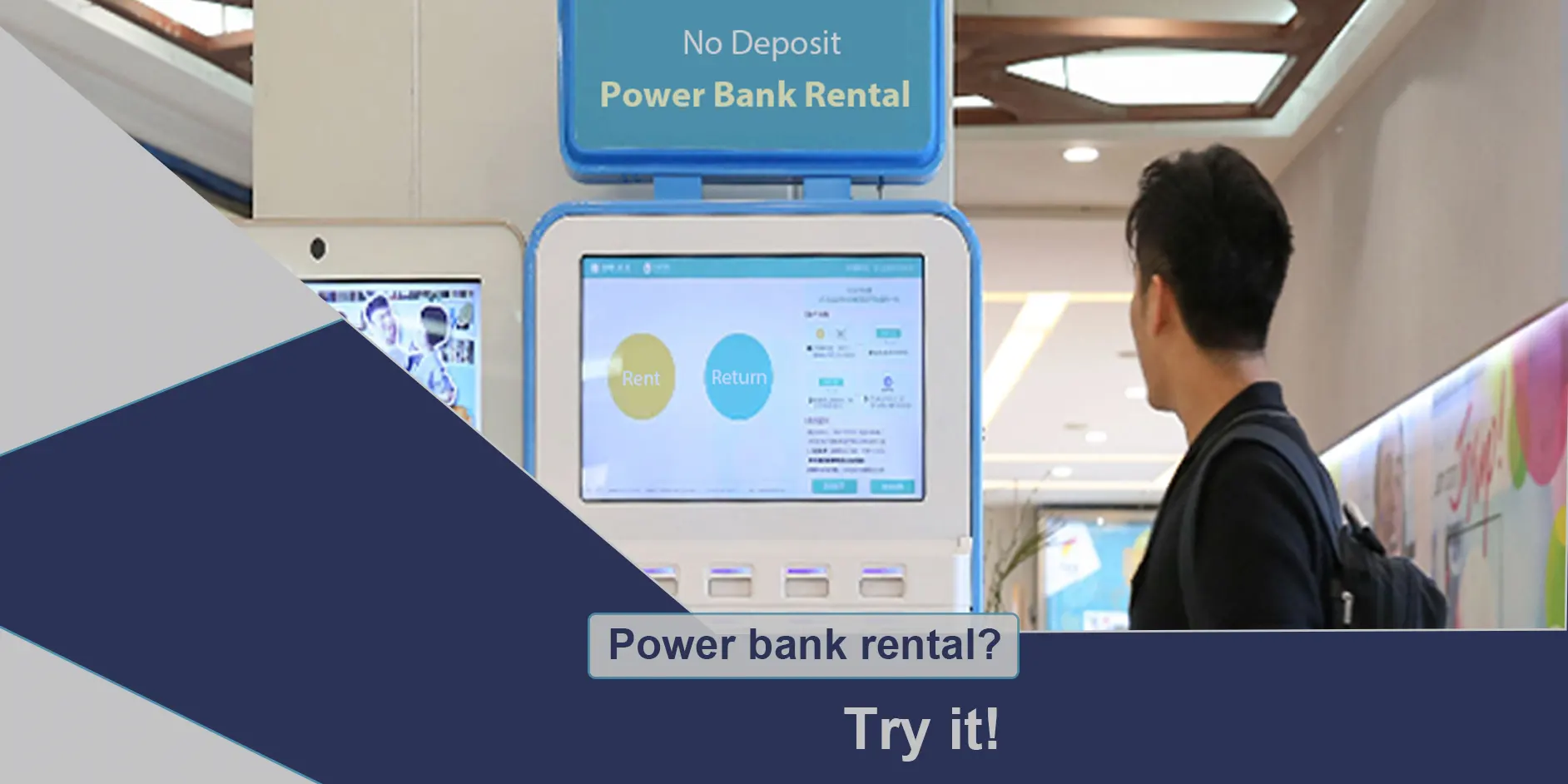“I’m looking to start a Portable Charger rental company. I know most people already have chargers, but in places of hospitality and entertainment( Where I work full time) i have noticed that a lot of people ask us for chargers.
Startup cost for first unit would be about $500, then we would just need to get it in to a popular place. We could charge about $10 a rental. What do you think?”
— from Reddit/Business_ideas
Starting a power bank rental business raises one key question: Is it profitable? Like snack vending machines, this model offers a fast, simple, self-service solution.
Users tap, charge, and return. It cuts operational costs by minimizing staff needs and device maintenance. Plus, the pay-per-use system creates steady revenue with little daily effort.

For entrepreneurs, grasping the profitability of a power bank franchise is essential. Not just about demand for portable charging. You must optimize location, pricing, and management to boost revenue. With smart strategies, this business scales easily and stays sustainable.
In the sections below, we’ll cover key profitability factors for power bank rental businesses. We’ll also outline simple steps to launch your own operation.
Table of Contents
Part 1: The Profitable Power Bank Rental Business Market Trends
The power bank market is huge and growing fast. Let’s delve into the reasons from two perspectives.
1. Power Bank Rental Business Global Market Value Overview
Power bank rental businesses boomed since 2016, especially in China. According to Mordor Intelligence and recent reports, the global portable charging rental market hit $14.6 billion in 2025. Analysts project it will reach $41 billion by 2030, with a 21.6% CAGR. This shows the power bank franchise is still early-stage, with strong profit potential.
2. Growth Drivers for Potential Profitability
1. Increasing Smartphone Users
Global smartphone users fuel the rise in power banks. Statista projects 7.3 billion users by 2025. Even if just 0.1% rent shared power banks, that’s 7.3 million potential customers.
7,300,000,000 × 0.1% = 7,300,000
Conservatively, if each rents 5 times a year, rentals could top 36.5 million. This user growth drives expansion and profits in power bank franchise businesses.
7,300,000 × 5 = 36,500,000
2. Rising Mobile Screen Time Usage
As screen time continues to increase, so does the demand for charging. Right now, the average smartphone user spends about 3 hours and 15 minutes each day on their device. During that period, they spend 2 hours and 27 minutes on social media.
This increasing use of smartphones shows a strong need for charging options. This is especially true in public places where people can find limited access to power.

The rise in mobile internet and app usage presents a significant market opportunity for shared power banks. As users spend more time on their devices, they often run low on battery. This makes rental charging stations a helpful and popular solution.
This trend underscores the profitability potential of the power bank sharing business, as consumers consistently seek fast and easy ways to keep their devices powered throughout the day.

Part 2: How Profitable is the Power Bank Station Business? 4 Factors Explained
The power bank franchise station business thrives on demand and efficiency. Here’s how four factors build steady revenue. Let’s break them down.
Factor 1: Rental Income
The primary source of income comes from the fees paid by users every time they rent a power bank. Even with low rental fees, high usage frequency can generate significant revenue.

Factor 2: High Usage Frequency
People often need power bank stations in busy places like restaurants, entertainment venues, transport hubs, tourist spots, and hospitals. By putting charging stations in these crowded areas, businesses can meet user needs. This helps improve customer satisfaction and encourages repeat rentals.

Factor 3: Low Operating Costs
The power bank sharing business uses self-service. This keeps labor costs low. Good management of equipment maintenance can cut extra expenses.
Factor 4: Brand Partnerships and Advertising
Businesses can also explore partnerships for advertising on rental units, particularly those with display screens. This can create a supplementary revenue stream while boosting brand visibility.
Overall, steady demand, low costs, and extra advertising income make the power bank station business exceptionally appealing and profitable.
Part 3: How to Start a Power Bank Rental Business[2 Steps Only]
To achieve success and profitability in the power bank rental business, finding a reliable supplier for hardware and software solutions is critical.
HeyCharge, a leading supplier from China, offers all-in-one solutions for startups, whether you’re interested in becoming a franchisee, a white-label partner, or a distributor. With HeyCharge, you can launch your business in as little as a month and generate substantial profits.
Step 1: Choosing the Right Power Bank Rental Stations
Before starting your high-income power bank rental business, research the different types of rental stations. These products suit different environments, so you can choose the right type.
Product Design Options
- Stackable Desktop Power Bank Stations: Available in 4, 8, 12, or 16 slots.
- Standing Power Bank Rental Kiosks: Available in 24 or 48 slots.

These stations can be customized with or without card readers, screens, and fast charging capabilities. The power bank capacities also range from 5000mAh to 7200mAh, allowing businesses to tailor the products to different market needs.
Step 2: Start Smarter with Comprehensive Client Software Solutions
A successful power bank rental business isn’t just about the hardware—smart software solutions are key. With HeyCharge’s customizable back-end software, you can manage everything from payment processing to pricing strategies, security, and compliance. This end-to-end solution allows you to focus on growing your business while the HeyCharge team handles the operational complexities.

FAQs about Power Bank Sharing Business
Q1: What partnership options are available?
HeyCharge offers several partnership options: OEM, ODM, white-label partner, franchisee, and distributor, each with its advantages. If you are interested in this profitable business, just click the button “Inquire Now”, we will reply to you as soon as possible.
Q2: Will the application be localized for my country or region?
Yes, HeyCharge has a strong team that customizes applications for your specific country or region.
Conclusion
Smartphone dependence drives charging demand. That’s why power bank franchise rentals attract entrepreneurs. Partner with HeyCharge for machines and software. Achieve more with less effort.




